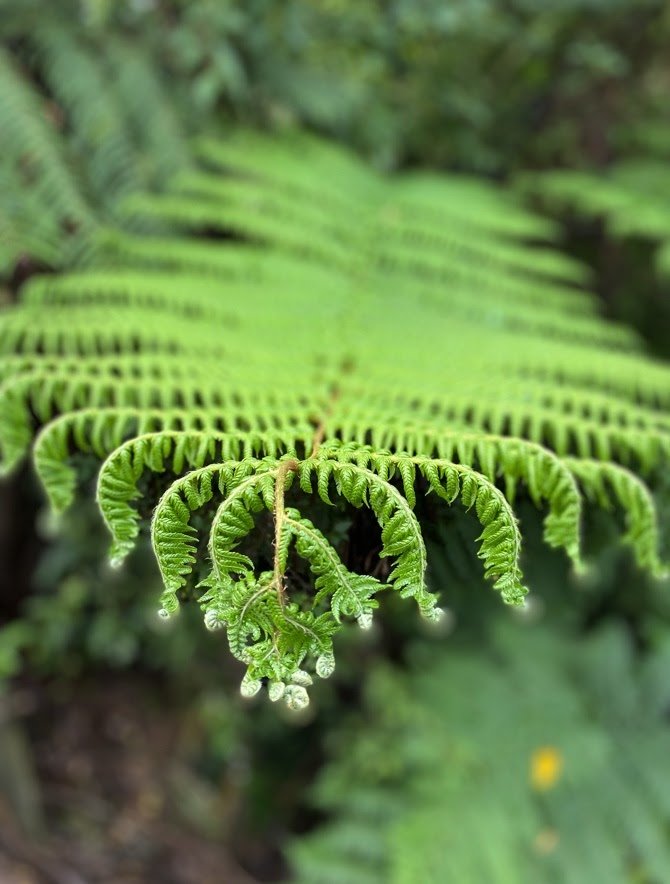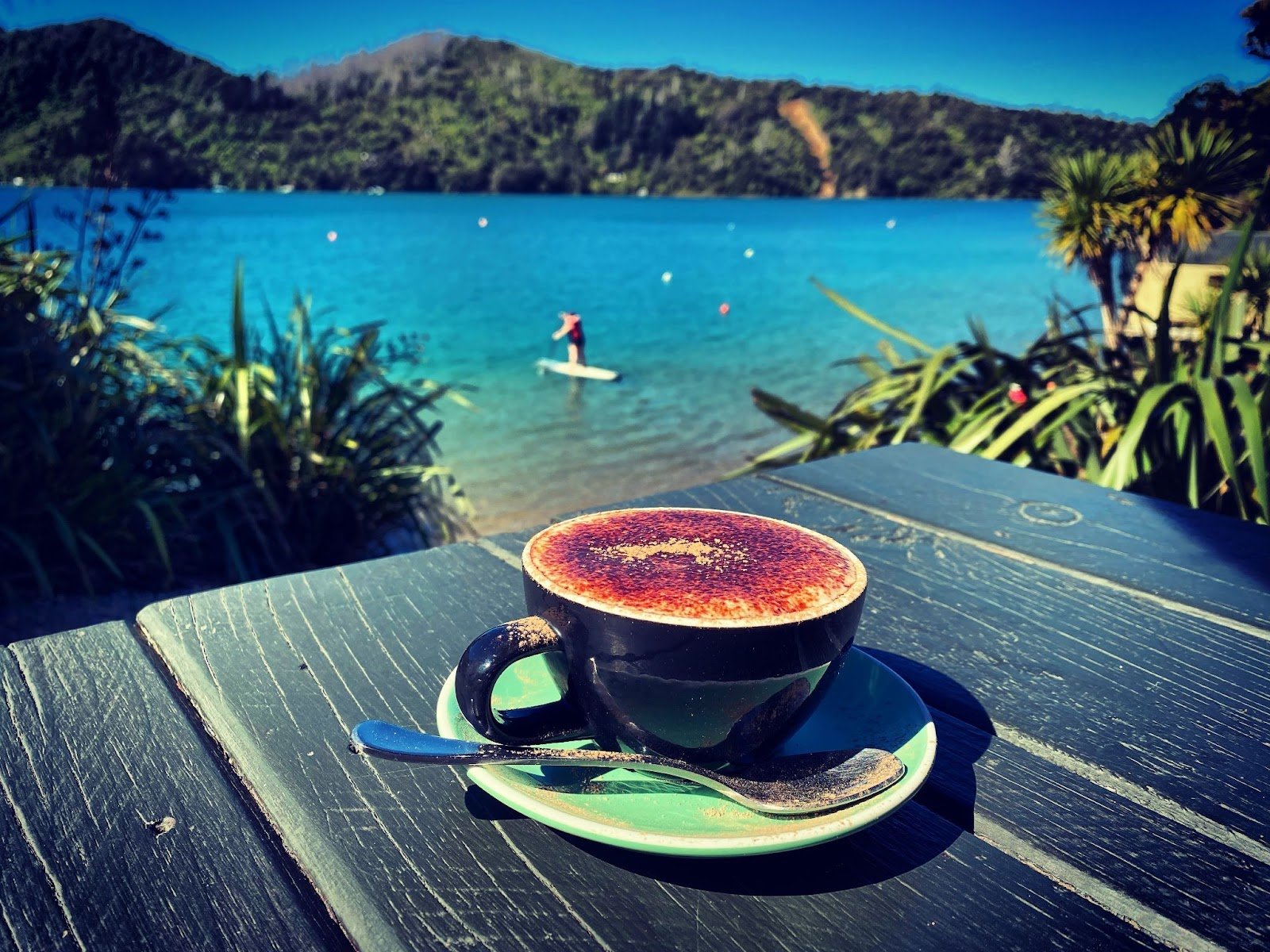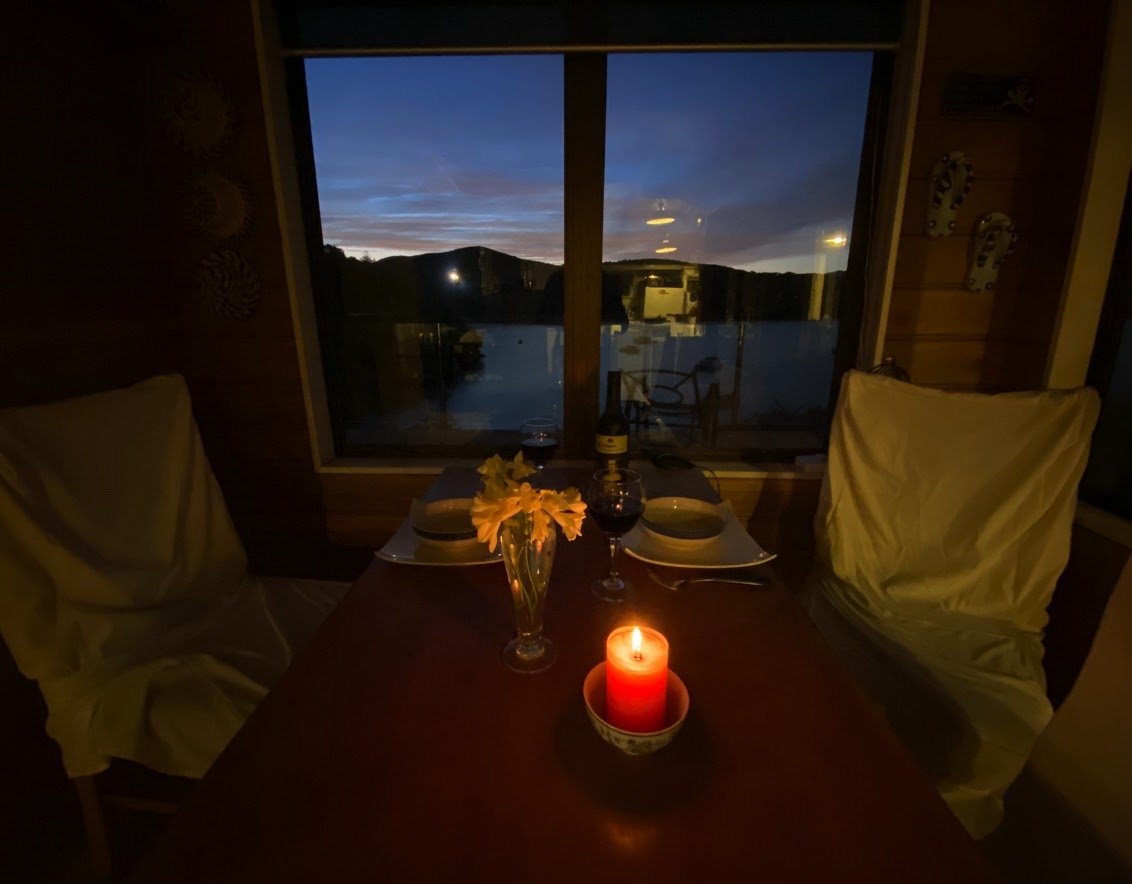Between Green and Blue, in New Zealand
Toitu he kainga, whatu nga-rongaro he tangata.
(The land still remains when people have disappeared)
- Māori proverb
Dawn at Beechs Bay. As the rising sun dapples the hills beyond Durville Island, the waters of the bay sit mirror-calm in their frame of headlands. A cluster of yachts hang at their mooring, rocking gently on unseen currents. Bellbirds and tui warble from the yellow-flowered kowhai trees draped above the water. A ferry, outbound down Queen Charlotte Sound from the terminal at Picton, moves ponderously past the entrance to the bay.
The Marlborough Sounds are a labyrinth of sea-drowned river valleys, rumpled hills, rainforests, and wild rocky coastlines scattered across the northeastern tip of New Zealand’s South Island. Thousands of tiny coves, bays and inlets are fretted into the coastline of the sounds, and the steep-to hills, thickly clad with rainforest, fall in green billows to the waterline.
A place of shelter
To the Māori, New Zealand’s indigenous Polynesian people, the Marlborough Sounds were a larder for kai moana (seafood), a haven of safe shelters during storms, and a place in which to provision and prepare for the arduous crossing of Te Moana-o-Raukawa(Cook Strait) to the northern island of Aotearoa (New Zealand) which they called Te Ika a Maui.
They built fortified villages, know as pās (pronounced “paaars”), on easily-defended peninsulas and promontories, and stored their food on raised platforms with intricately carved triangular roofs. At Karaka Point, a few minutes walk along the coast from Beechs Bay, you can still see the earthworks that they dug, and the stumps of the poles that supported their storehouses.
A path leads down to the water’s edge and if the tide is out, you can explore along the shingle beach beneath cliffs of golden sandstone, hung with fragrant native trees, and watch the yachts sail their square runs down Queen Charlotte Sound towards Tory Channel and the open sea.
James Cook and Ship Cove
The British navigator and explorer Captain James Cook sailed into the Marlborough Sounds on January 16th, 1770, aboard his ship The Endeavor. It was the first of three voyages that Cook, a Royal Navy officer, would make to New Zealand, and the ship anchored in what he described as a “very snug cove” which he named Ship Cove.
Cook found that a variety of native grass, Lepidium oleraceum, provided a remedy for scurvy. For centuries, this Vitamin C deficiency had been the scourge of mariners on long voyages, until it was discovered that fresh fruit and vegetables could easily prevent it. In his journal of 27 October 1769, Cook noted that “the other place I landed was at the north point of the Bay where I got as much Sellery [sic] and Scurvy grass as loaded the Boat.” In order to collect Cook’s Scurvy Grass, as it came to be known, Cook visited Ship Cove for extended periods during the course of the 1770s, setting up a permanent camp there, planting a vegetable garden, and building pens for a colony of pigs.
These days, you can hike to Ship Cove along part of the multi-day Queen Charlotte Track. The best way to do this is by taking a water taxi from Picton to Furneaux Lodge, then walking via Resolution Bay to Ship Cove. There are a number of private lodges along the way, and a campsite at School Bay. Ship Cove is a lovely, tranquil place where the rainforest overhangs the water, and a tiny hem of green lawn nestles against the hills. You can arrange to be picked up by water taxi at Ship Cove for your return voyage to Picton.
Lochmara Lunch
You don’t have to hike to enjoy a splendid day out in the Sounds. Lochmara Lodge is a twenty-minute boat ride from Picton and you can go out there for lunch, dinner, or an overnight stay.
Leaving the jetty at Picton Marina, you pass moored super yachts flagged in Nassau, New Hampton and Monaco, and the busy interisland terminal where the North Island ferries come and go every two hours.
The Lochmara boat has a viewing deck out on the bow, and you can join the ship’s dog, Jake, out there as the vessel gathers speed, rounds The Snout, and sets course across the Queen Charlotte Sound towards Lochmara Bay. Sitting in the sun on the foredeck, with the warm wind flapping Jake’s ears, you have the impression that you are flying through the opening sequence of an epic adventure movie. The sun glitters on the aquamarine water, and as you raise your eyes, the skyline of hills reveal themselves, riven with steep gullies, indented with coves, and dotted with holiday cottages only accessible by water.
Lochmara Lodge nestles above a tiny skirt of beach on a hillside smothered with native forest and tree ferns. You can lunch on local seafood, caught fresh from the shining waters of the Sounds, and sip a glass or two of a local Marlborough vintage.
There’s a boat shed built on mussel-encrusted poles down over the water. The weatherboard walls and corrugated iron roof shelter a collection of sea kayaks and stand-up paddleboards that you can use for free. From the waterline vantage-point of a sea kayak, as you paddle around the headland, you can watch the wavelets lap and hiss into crevices and cracks carved by the elements into the living rock, beneath rainforest that overhangs the water close enough to touch.
Back on shore, there are hammocks slung between trees down by the water's edge, and you can lie in the shade watching the passing yachts and the endless parade of cloud shadows overhead.
The Dawn Chorus
When you awaken in the Marlborough Sounds, the first thing you will hear is the sound of birds. The dawn chorus of New Zealand’s native birds fills the pre-dawn twilight with a melodious symphony of warbling and whistling.
You will hear the gentle sound of the waves on the beach, and the sighing of the morning breeze is in the trees as you lie there on the border of sleep and wakefulness, thinking about what you are going to do on another perfect day in the Marlborough Sounds, out there between green and blue.








